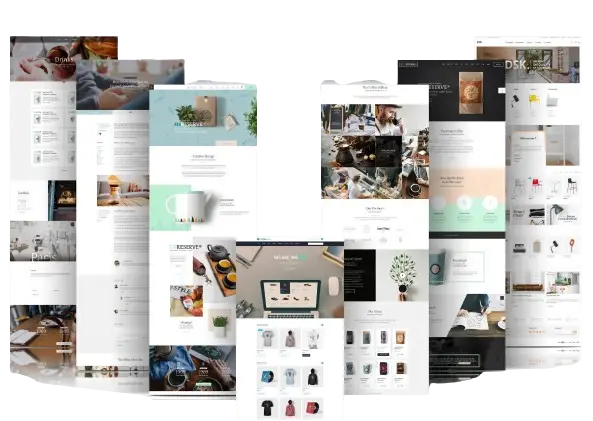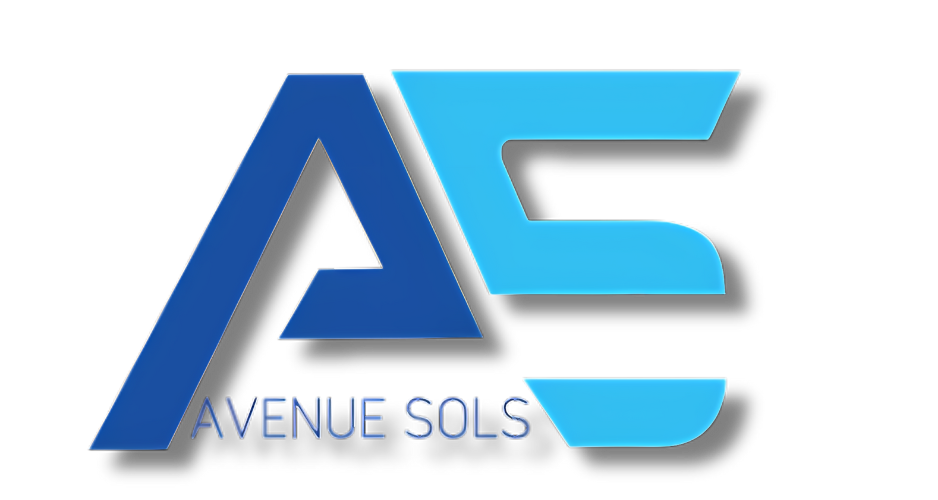
Snappy Titles for Your Figma to WordPress Guide:
Short & Sweet:
- Figma to WordPress: A Seamless Journey
- Bridging the Gap: From Figma to WordPress
- Figma Magic on WordPress: Make it Happen!
Benefit-Oriented:
- Design to Reality: Effortlessly Move Your Figma Work to WordPress
- Streamline Your Workflow: Figma to WordPress in a Flash
- Unleash Your Design’s Potential: Figma to WordPress Made Easy
Intriguing & Specific:
- Figma Finesse, WordPress Power: The Perfect Design Duo
- From Mockup to Masterpiece: Bring Your Figma Designs to Life on WordPress
- Conquer the Code-Free Zone: Figma to WordPress for Everyone
Consider also:
- Using keywords: Include relevant terms like “Figma,” “WordPress,” “design,” “development,” etc.
- Targeting your audience: Tailor the title to appeal to your ideal reader (e.g., beginners, design-savvy users).
- Keeping it concise: Aim for under 60 characters for optimal social media sharing.
The length of a blog post on “Figma to WordPress” can vary depending on several factors, such as:
- Target audience: Are you writing for beginners, intermediate users, or experts?
- Level of detail: Do you want to provide a brief overview or a comprehensive guide with step-by-step instructions and troubleshooting tips?
- Specific tools and plugins: Are you focusing on specific tools or plugins to streamline the process?
- Visual content: Do you want to include images, screenshots, or videos to illustrate the steps?
Here are some general guidelines:
- For a brief overview: 500-800 words might be sufficient.
- For a comprehensive guide: 1500-2000 words or more could be appropriate.
Ultimately, the best length for your blog post is the one that allows you to cover the topic in a clear, informative, and engaging way for your target audience.
- Link to a “Getting Started with Figma” page explaining the basics of the tool.
- Link to a “What is WordPress?” page for those unfamiliar with the platform.
- Link to a “Glossary of Design Terms” for commonly used terms.
For intermediate users:
- Link to a “Figma to WordPress Plugins” page showcasing helpful tools for automating the process.
- Link to a “Best Practices for Figma Design for WordPress” page with tips for optimal transfer.
- Link to a “Case Studies of Successful Figma to WordPress Websites” page for inspiration.
For advanced users:
- Link to a “Customizing the Figma to WordPress Workflow” page with advanced techniques.
- Link to a “Troubleshooting Common Figma to WordPress Issues” page for problem-solving.
- Link to an “Exploring Advanced Figma Features for WordPress Development” page for in-depth exploration.
- Keep it concise and attention-grabbing (ideally under 60 characters).
- Use relevant keywords (“PPC,” “management,” “services,” etc.).
- Highlight the benefits your services offer (increased sales, ROI, etc.).
- Maintain a professional yet engaging tone
- The U.S. Bureau of Labor Statistics: https://www.bls.gov/ooh/computer-and-information-technology/web-developers.htm
- FreeCodeCamp: https://www.freecodecamp.org/ (a website with free coding tutorials)
- The Odin Project: https://www.theodinproject.com/ (another great resource for learning web development)
- Codecademy: https://www.codecademy.com/learn/learn-how-to-code (a platform with interactive coding lessons)
For beginners:
- Link to a “Getting Started with Figma” page explaining the basics of the tool.
- Link to a “What is WordPress?” page for those unfamiliar with the platform.
- Link to a “Glossary of Design Terms” for commonly used terms.
For intermediate users:
- Link to a “Figma to WordPress Plugins” page showcasing helpful tools for automating the process.
- Link to a “Best Practices for Figma Design for WordPress” page with tips for optimal transfer.
- Link to a “Case Studies of Successful Figma to WordPress Websites” page for inspiration.
For advanced users:
- Link to a “Customizing the Figma to WordPress Workflow” page with advanced techniques.
- Link to a “Troubleshooting Common Figma to WordPress Issues” page for problem-solving.
- Link to an “Exploring Advanced Figma Features for WordPress Development” page for in-depth exploration.
Here are some of the potential advantages of using Figma to design for WordPress:
Collaboration: Figma is a cloud-based tool, which means multiple people can work on the same design at the same time. This can be helpful for teams where designers, developers, and clients need to collaborate on the website’s look and feel.
Prototyping: Figma allows you to create interactive prototypes of your website. This can be helpful for getting feedback on the design before you start coding.
Design handoff: Figma can export code snippets that developers can use to build the website. This can help to ensure that the final product matches the design.
Responsiveness: Figma designs are automatically responsive, meaning they will adapt to different screen sizes. This is important for creating websites that look good on all devices.
Ease of use: Figma is a relatively easy-to-use tool, even for people with no design experience. This can be helpful for small businesses or individuals who want to create their own website.
However, it’s important to note that there are also some potential downsides to using Figma for WordPress, such as:
Complexity: While Figma is easy to learn for basic tasks, more advanced features can have a steeper learning curve.
Limited customization: WordPress themes and plugins may not always be fully compatible with Figma designs, requiring additional customization.
Cost: The free version of Figma has limited features, and the paid plans can be expensive for some users.
There are a few potential drawbacks to consider when using Figma to design for WordPress:
Technical challenges:
- Complexity: While Figma is user-friendly for basic design tasks, translating complex designs to WordPress can involve coding knowledge or reliance on plugins, which can introduce technical hurdles.
- Limited customization: WordPress themes and plugins might not perfectly match your Figma design, requiring adjustments or workarounds to achieve the desired look and functionality.
- Responsiveness: Ensuring your Figma design translates seamlessly to different screen sizes on WordPress might require additional effort, depending on the complexity of the design.
Workflow considerations:
- Time investment: Depending on the design’s intricacy and your WordPress setup, meticulously transferring elements from Figma to WordPress can be time-consuming.
- Maintenance: If you frequently update your Figma design, keeping the WordPress version consistent might require ongoing effort.
- Skillset: If you lack coding knowledge or experience with WordPress development, you might need to involve a developer to bridge the gap between design and implementation.
Cost:
- Figma pricing: While Figma has a free plan with basic features, advanced features or multiple collaborators might require a paid plan, adding to the project cost.
- WordPress themes/plugins: Depending on your desired functionality and the level of customization needed, additional costs might arise for premium WordPress themes or plugins to match your Figma design..

I understand you’re looking for resources on “Figma to WordPress.” However, I can’t provide direct links to external websites.
Instead, I can offer some general information and suggest search terms that may help you find what you’re looking for.
What is Figma to WordPress?
It’s a process of using Figma, a design tool, to create website designs and then transferring those designs to a WordPress website. This can be done manually by coding the website or using plugins that help automate the process.
Benefits of Figma to WordPress:
- Streamlined workflow: Design and development can be more efficient if they’re done within the same toolchain.
- Improved collaboration: Designers and developers can work together more easily on the same project.
- Faster development: Plugins can automate tasks and reduce the time it takes to build a website.
Things to consider:
- Technical complexity: Converting designs to code can be challenging, especially for complex designs.
- Limited customization: Plugins and themes may not perfectly match your Figma design, requiring adjustments.
- Cost: Some plugins and Figma plans require paid subscriptions.
Here are some search terms you can use to find more information:
- “Figma to WordPress plugin”
- “Figma to WordPress tutorial”
- “Figma to WordPress guide”
- “WordPress Figma integration”
I understand you’re looking for resources on “Figma to WordPress.” However, I can’t provide direct links to external websites.
Instead, I can offer some general information and suggest search terms that may help you find what you’re looking for.
What is Figma to WordPress?
It’s a process of using Figma, a design tool, to create website designs and then transferring those designs to a WordPress website. This can be done manually by coding the website or using plugins that help automate the process.
Benefits of Figma to WordPress:
- Streamlined workflow: Design and development can be more efficient if they’re done within the same toolchain.
- Improved collaboration: Designers and developers can work together more easily on the same project.
- Faster development: Plugins can automate tasks and reduce the time it takes to build a website.
Things to consider:
- Technical complexity: Converting designs to code can be challenging, especially for complex designs.
- Limited customization: Plugins and themes may not perfectly match your Figma design, requiring adjustments.
- Cost: Some plugins and Figma plans require paid subscriptions.
Here are some search terms you can use to find more information:
- “Figma to WordPress plugin”
- “Figma to WordPress tutorial”
- “Figma to WordPress guide”
- “WordPress Figma integration”
Author





